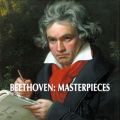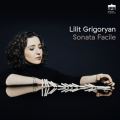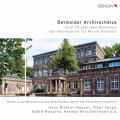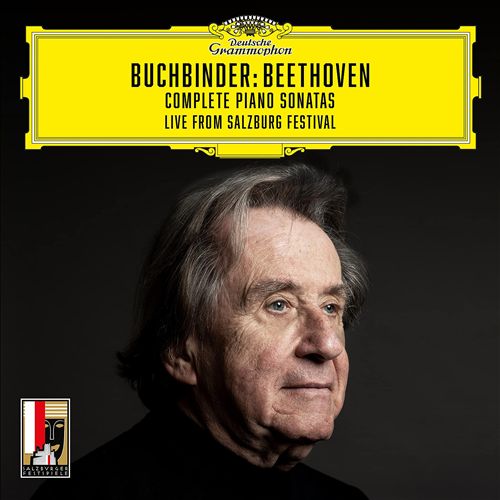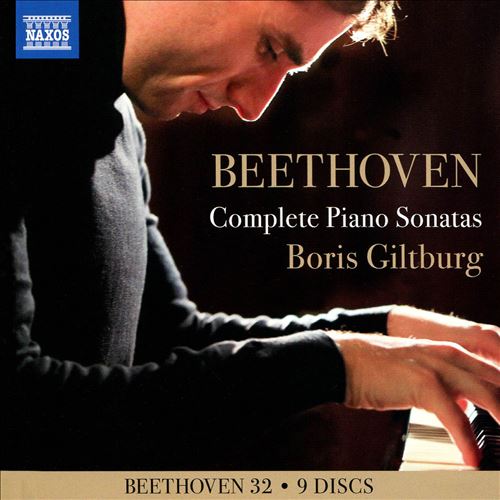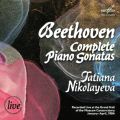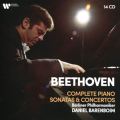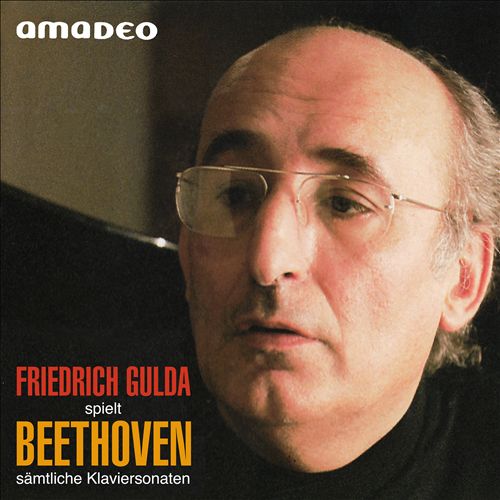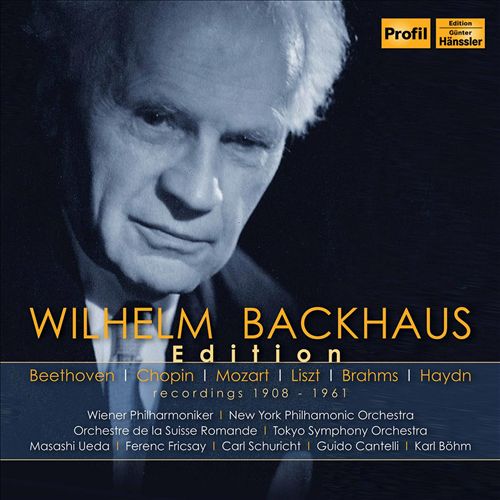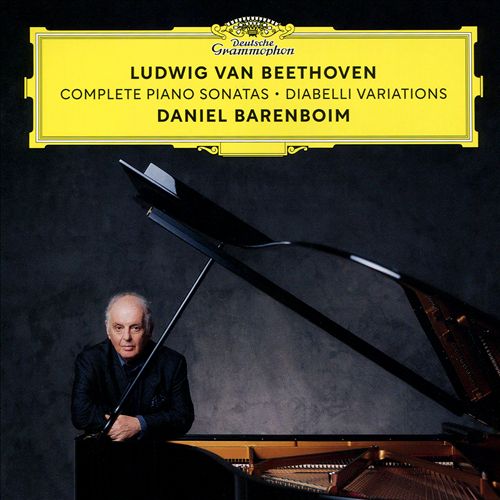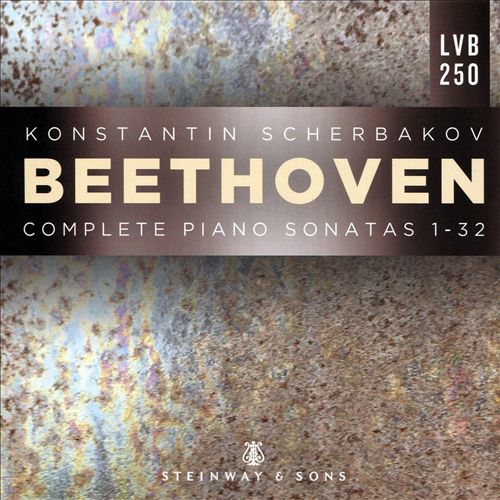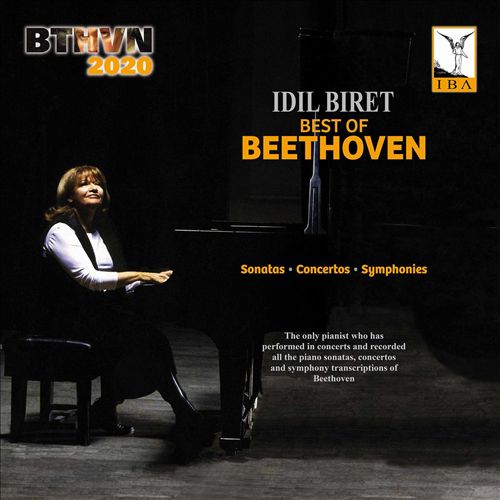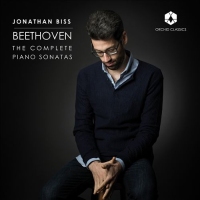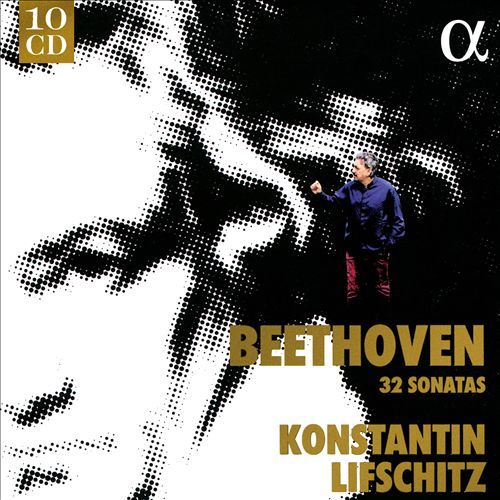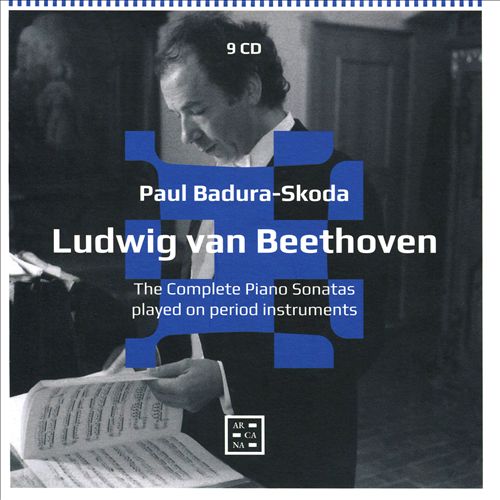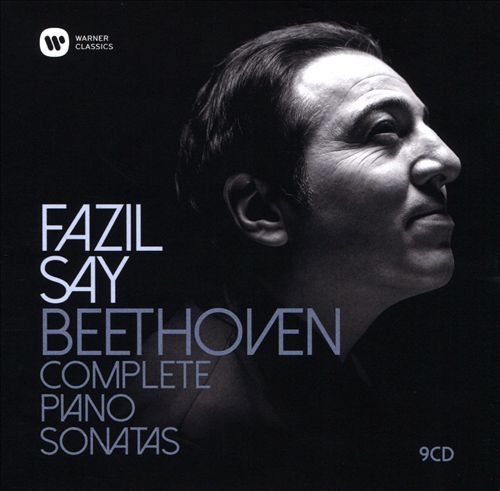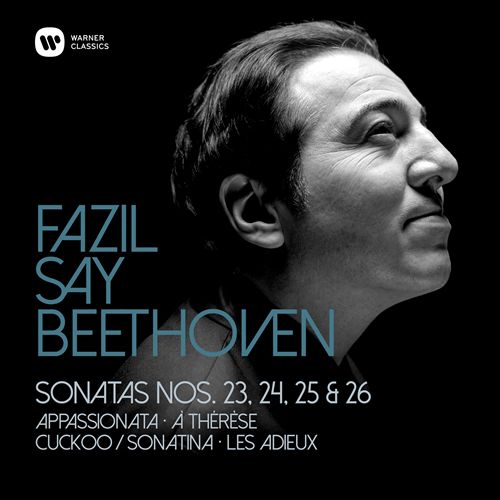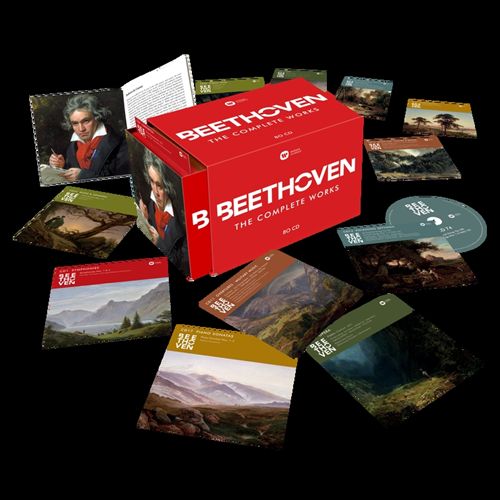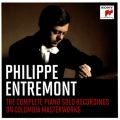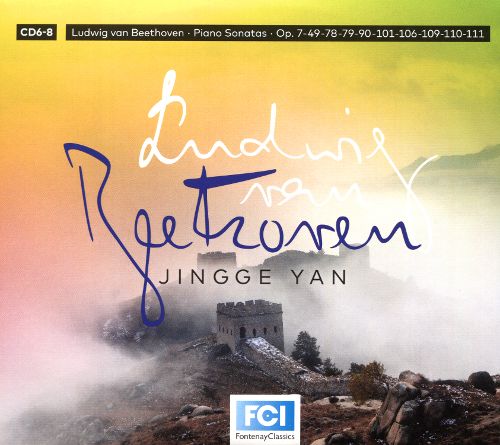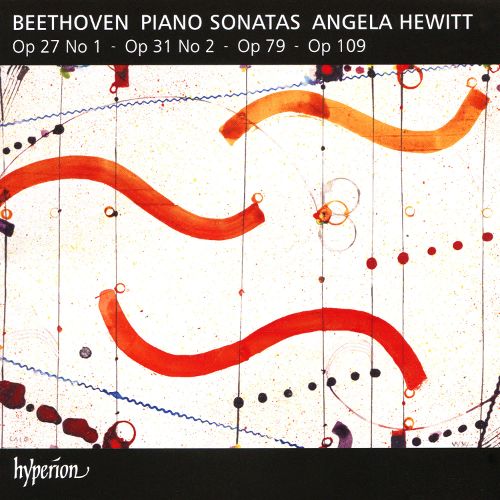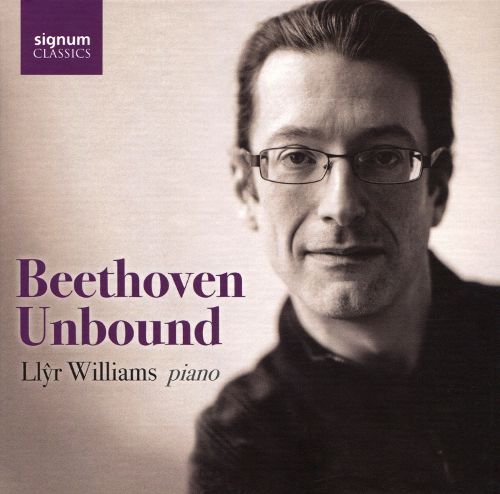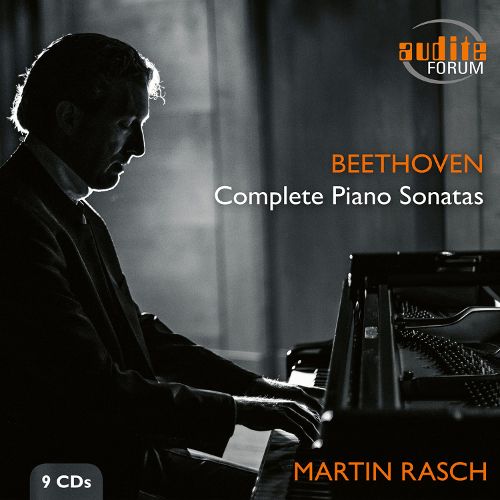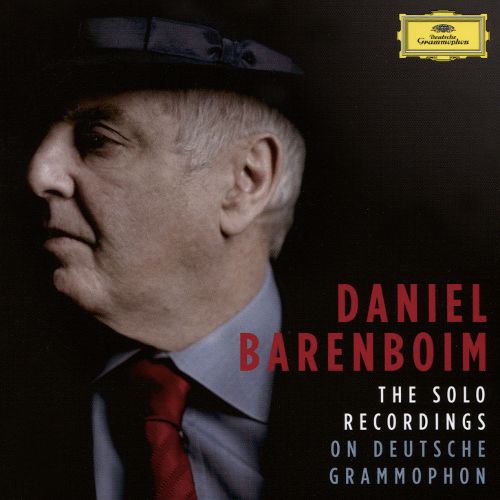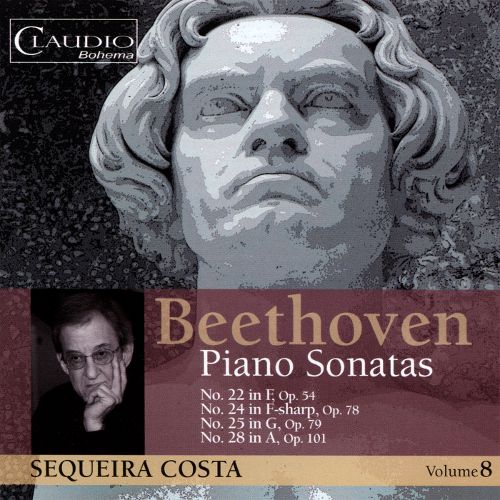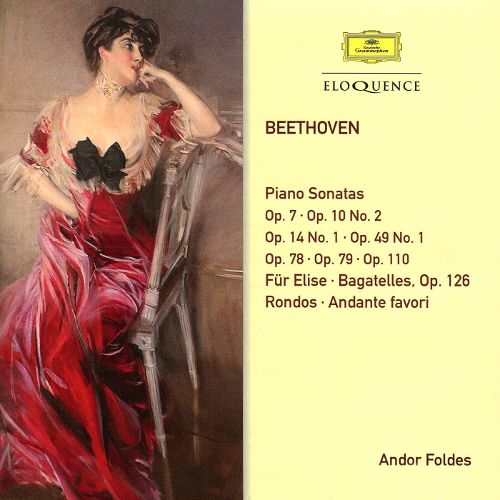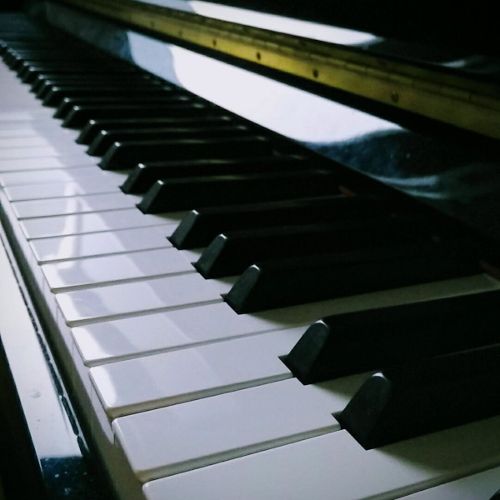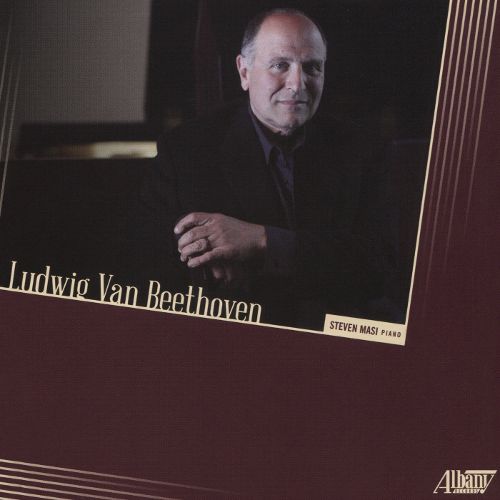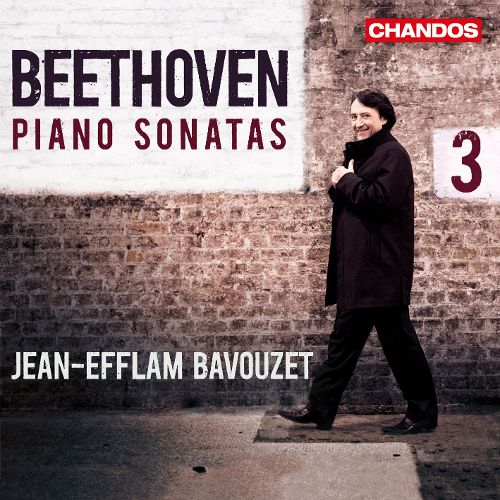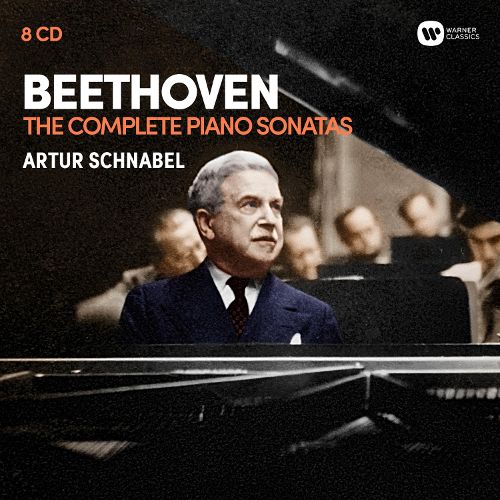Ludwig van Beethoven (루트비히 판 베토벤)
Piano Sonata No. 25 in G major, Op. 79 "Cuckoo"
100
10,000
1,400
WORK INFO
작곡가: Ludwig van Beethoven (루트비히 판 베토벤)작곡년도: 1809평균연주: 9:14악장1Presto alla tedesca4:312Andante2:503Vivace2:06The Piano Sonata No. 25 in G major, Op. 79, was written by Ludwig van Beethoven in 1809. It consists of three movements:It is one of Beethoven's shorter sonatas with an approximate performance time of only eleven minutes, if Beethoven's prescribed repeats are all observed. It is also the shortest of his sonatas with more than two movements. The first movement opens forcefully with a three-note motive (G, B, G) heard frequently throughout the movement. The second theme group in D major is based on fast scale and arpeggio passages and leads very swiftly into the forceful codetta. A few hesitant octave notes are played before the exposition repeats. The entire exposition is but 35 seconds long (without the repeat). The development section dominates this movement, being approximately 60 seconds long. It features frequent modulation as well as themes borrowed and fragmented from the exposition including the opening three note motive which is heard in the form of left-hand crossovers. This motive starts on E major, then moves on to B 7th and later moves in C minor followed by G 7th, ending in almost strange E-flat major, B Flat 7th combination. The recapitulation snaps the listener back to the home key forcefully with its opening three note motive, then proceeds to repeat the exposition entirely in the home key. The development and recapitulation together are enclosed in a second, longer repeat mark. As a final touch to this sonata, the coda features the main theme played in G Major in the left hand with treble, then the theme again in A minor in the right hand with bass accompaniment, then the same thing again except with comedic acciaccatura inserted. The recapitulation and coda together take up approximately another minute. The whole movement (with the exposition repeated) lasts approximately three minutes. If the second repeat prescribed by Beethoven, encompassing the development and recapitulation, is observed, this brings the total performance time to around four and a half minutes. The andante movement, in G minor, uses a tranquil theme in 9/8 time (quite uncommon in Beethoven's works) and gentle, light atmosphere to present contrast to the ecstatic first movement. It is about two and a half minutes long. The finale movement is the most playful sounding as well as being the shortest at barely two minutes long. The movement is constructed in rondo form (ABACA' and a Coda), with a two-part theme in parts A and contrasting episodes in key (section B) and in rhythm (section C) in the other sections. A very brief coda brings this quick, light-hearted sonata to a brisk end. Beethoven later uses the chord progression found at the beginning of the A section to start his Op. 109 sonata. (A comparison of the two pieces gives a dramatic illustration of how Beethoven's piano-writing developed in the 11 years that intervened between the two sonatas. The Opus 109 theme is altogether subtler and subject to dramatic twists that lead the listener into quite unexpected harmonic territory.)
- Presto alla tedesca
- Andante
- Vivace
From WIKIPEDIA
RELEASED ALBUMS
-
Beethoven: MasterpiecesApril 21, 2025
-
Sonata FacileMarch 7, 2025
-
Detmolder ArchivschätzeNovember 5, 2021
-
Beethoven: Complete Piano Sonatas Live from Salzburg FestivalOctober 8, 2021
-
Beethoven: Complete Piano SonatasSeptember 24, 2021
-
Beethoven: Complete Piano SonatasSeptember 17, 2021
-
Beethoven: Complete Piano Sonatas & ConcertosAugust 20, 2021
-
Friedrich Gulda speilt Beethoven sämtliche KlaviersonatenJuly 23, 2021
-
Wilhelm Backhaus Edition: Recordings 1908-1961April 30, 2021
-
Ludwig van Beethoven: Complete Piano Sonatas; Diabelli VariationsDecember 25, 2020
-
Beethoven: Complete Piano Sonatas 1-32October 2, 2020
-
Best of Beethoven: Sonatas, Concertos, SymphoniesJuly 24, 2020
-
Beethoven: The Complete Piano SonatasMarch 20, 2020
-
Beethoven: 32 SonatasFebruary 14, 2020
-
Ludwig van Beethoven: The Complete Piano Sonatas played on Period InstrumentsFebruary 7, 2020
-
Beethoven: Complete Piano SonatasJanuary 31, 2020
-
Beethoven: Piano Sonatas Nos. 23 "Appassionata", 24, 25 & 26, "Les Adieux"January 17, 2020
-
Beethoven: The Complete Works [Warner Classics]December 13, 2019
-
Philippe Entremont: The Complete Piano Solo Recordings on Columbia MasterworksJune 21, 2019
-
Beethoven: Piano Sonatas, Vol. 3August 17, 2018
-
Beethoven: Piano Sonatas Op. 27 No. 1, No. 31 No. 2, Op. 79, Op. 109June 1, 2018
-
Beethoven UnboundApril 6, 2018
-
Beethoven: Complete Piano SonatasFebruary 2, 2018
-
The Solo Recordings on Deutsche GrammophonAugust 25, 2017
-
Beethoven: Piano Sonatas, Vol. 8July 7, 2017
-
Beethoven: Piano Sonatas; Für Elise; Bagatelles, Op. 126; Rondos; Andante FavoriMay 19, 2017
-
Piano WorksMarch 15, 2017
-
Ludwig van Beethoven: Complete Sonatas for PianoMarch 14, 2017
-
Beethoven: Piano Sonatas, Vol. 3November 18, 2016
-
Beethoven: The Complete Sonatas [Warner Classics]August 26, 2016
FEATURED MOVIES
-
 09:49베토벤: 피아노 소나타 25번 G장조 Op. 79 "뻐꾸기"
09:49베토벤: 피아노 소나타 25번 G장조 Op. 79 "뻐꾸기" -
 02:46베토벤: 피아노 소나타 25번 G장조 Op. 79 "뻐꾸기" 2. Andante
02:46베토벤: 피아노 소나타 25번 G장조 Op. 79 "뻐꾸기" 2. Andante
ALBUM MUSIC
WORKS SHOUTS


